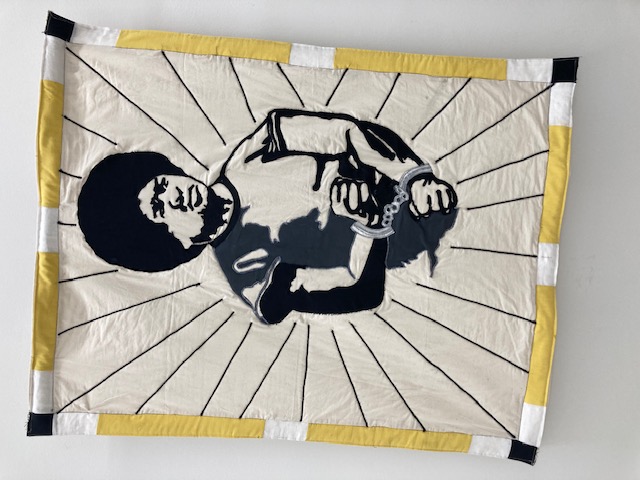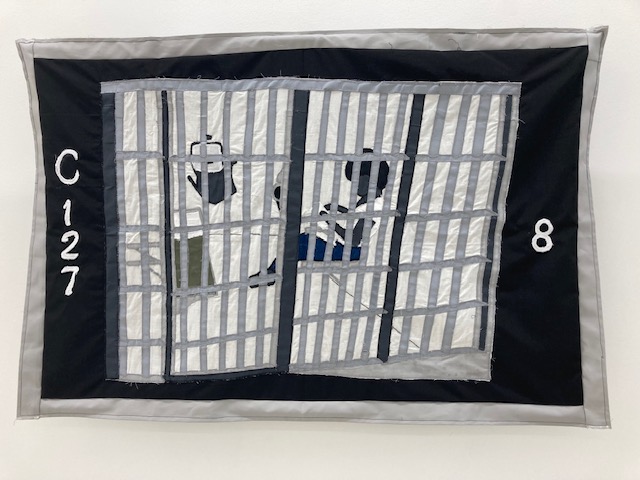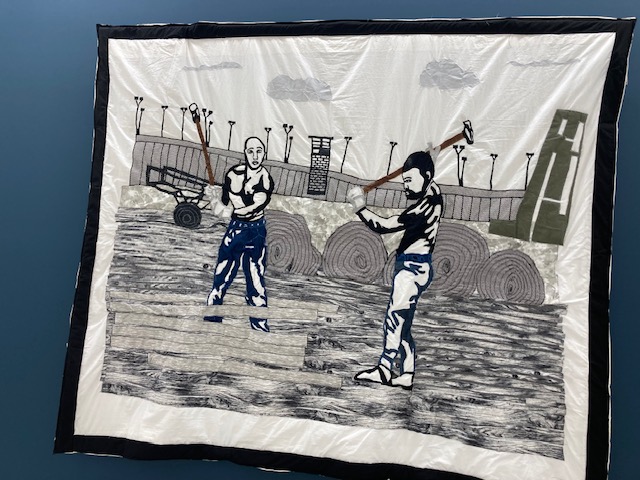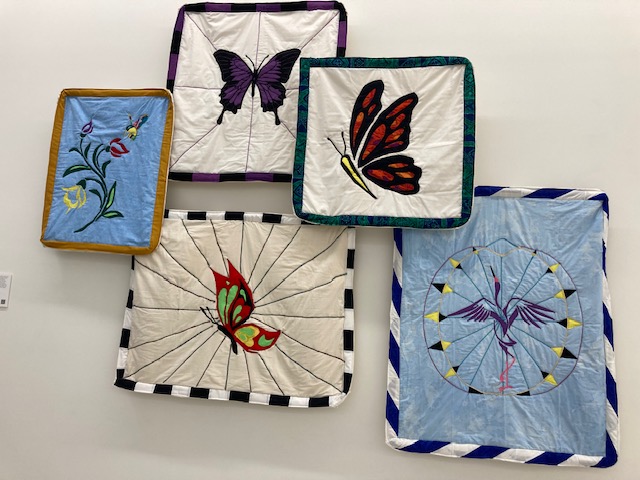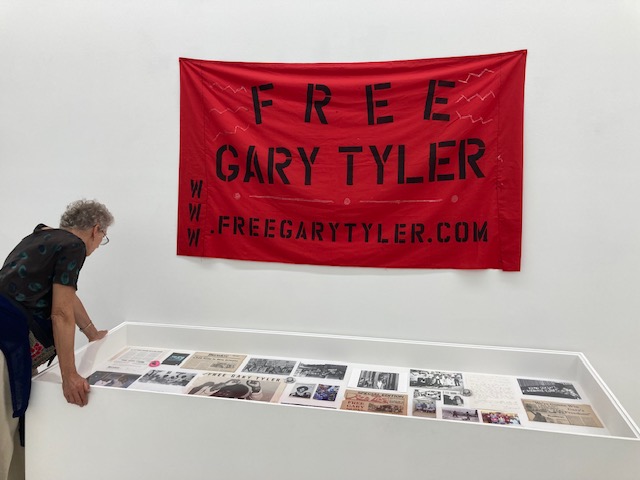Dianne Feeley
Posted September 12, 2023
In October 1974 a white mob in Destrehan, Louisiana, enraged over school integration, attacked a bus of Black students. When shots rang out and two white students were shot, police focused on finding the shooter on the bus. Despite the bus driver’s statement that the shooting didn’t come from the bus, police targeted 15-year-old Gary Tyler. Taken off the bus by the police, he was threatened and beaten. After one of the students died, he was arrested for the murder of 13-year-old Timothy Weber.
Tried as an adult before an all-white jury, with the only evidence from witnesses who later recanted their testimony, he was sentenced to death in 1976. There was coverage of the case in the national and left press and sizable protest pickets, meetings and demonstrations took place around the country. Given flawed legal procedures, Amnesty International declared him a political prisoner.
Maintaining his innocence, Tyler was sent to Angola prison. When the U.S. Supreme Court found Louisiana’s death sentence unconstitutional, the sentence was changed to life without parole.
Although Angola is a tough prison — and Tyler spent eight years in solitary confinement — he nonetheless became an artist there. Tyler was active in the drama club as both an actor and a director. He volunteered for the prison’s hospice program, raising money through sewing and selling quilts. One of his quilts was raffled at the Angola Prison Rodeo for $90,000. A traveling quilt exhibit, “The Blue Print,” will become part of the Smithsonian Museum of African American History and Culture collection.
While the Louisiana Board of Pardons urged the governor to release Tyle on three separate occasions that failed to happen. But he was able to secure his release in 2016 at age 57. He has been able to open a studio to continue as a textile quilter and recently held his first solo exhibit at the Library Street Collective in Detroit.
The galley has been showing Tyler’s latest quilts, which are about his long and painful years in prison. At first some of the images look like they might have been transferred from photographs but on close inspection it’s clear that they are all sewn.
Here is one that shows the young Gary Tyler in handcuffs, as he comes from an appeal petition and sees supporters demonstrating. He signals his determination to fight for his freedom.
A second quilt shows him in his cell, working on his project.
Although these portraits don’t show Gary Tyler smiling, several quilts are of butterflies, which Tyler uses as a symbol of transformation. The teenager Tyler was in 1976, angry that he has been victimized and falsely imprisoned, becomes the artist determined not to be bowed by prison.
The Detroit exhibit also includes the work of leftists who reported on his case and demonstrated on his behalf.
The Library Street Collective has put together a collection of materials, including a wonderful eight-minute video of Gary Tyler in his studio, that is available online:
The Gary Tyler of today frequently smiles.
